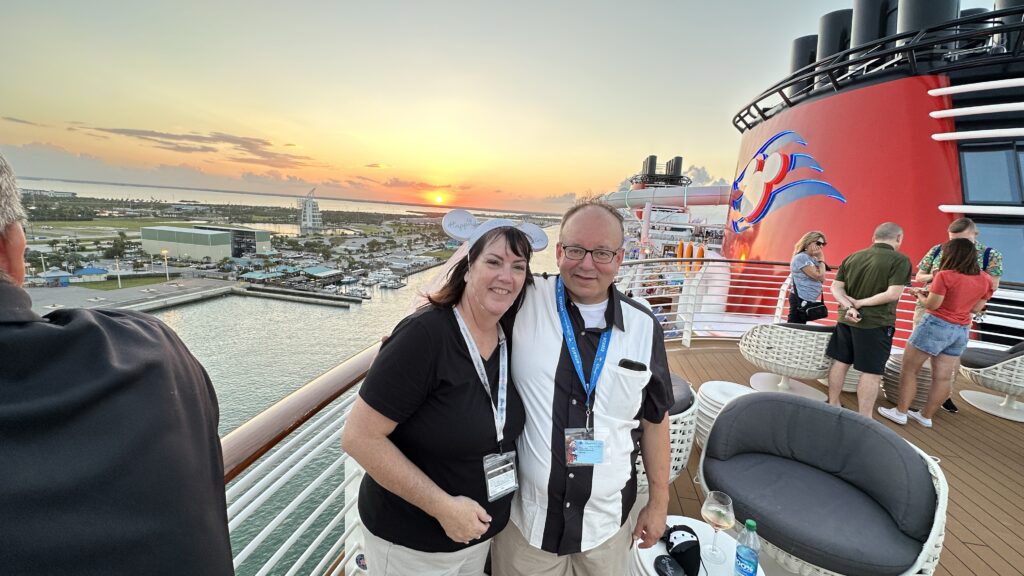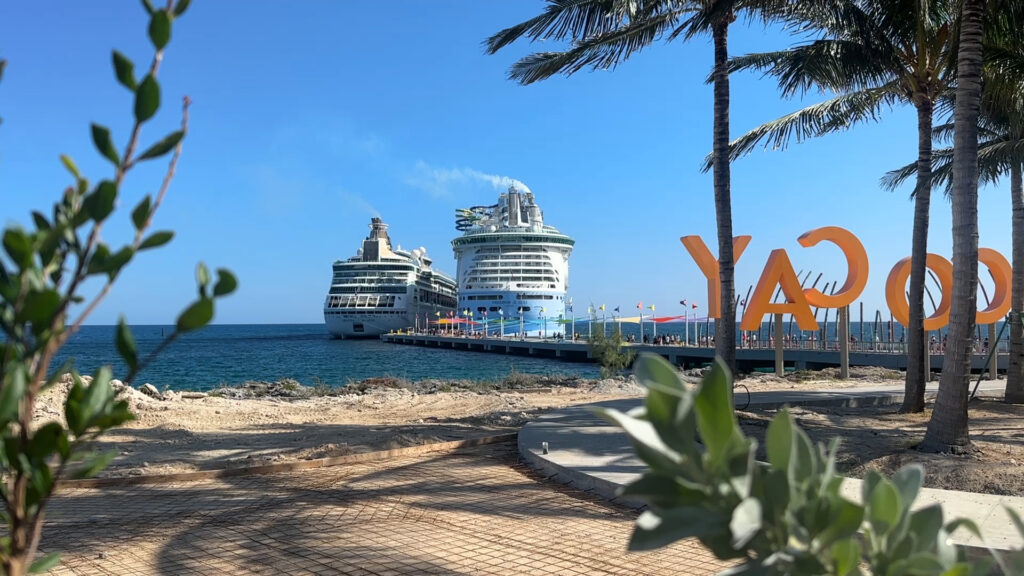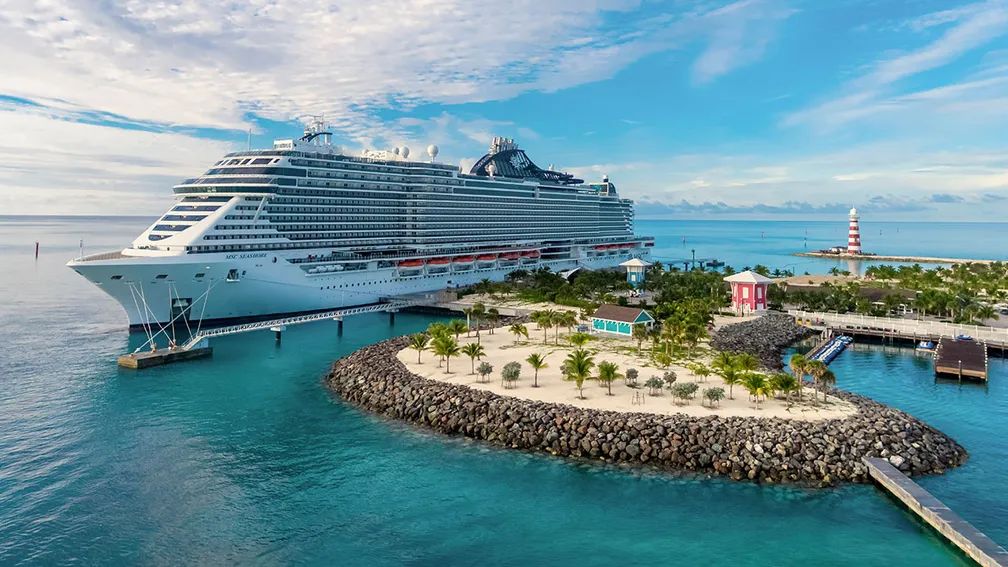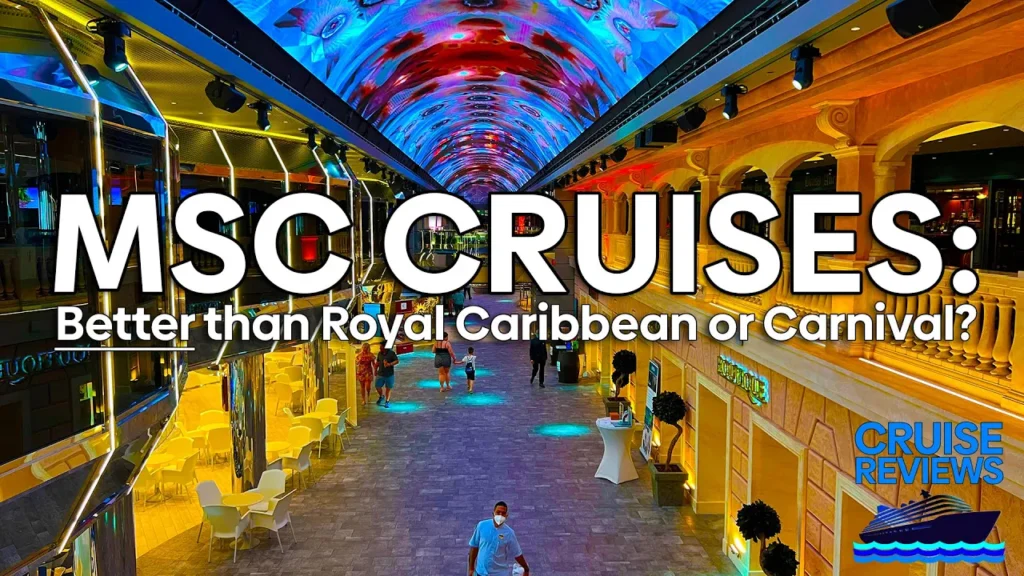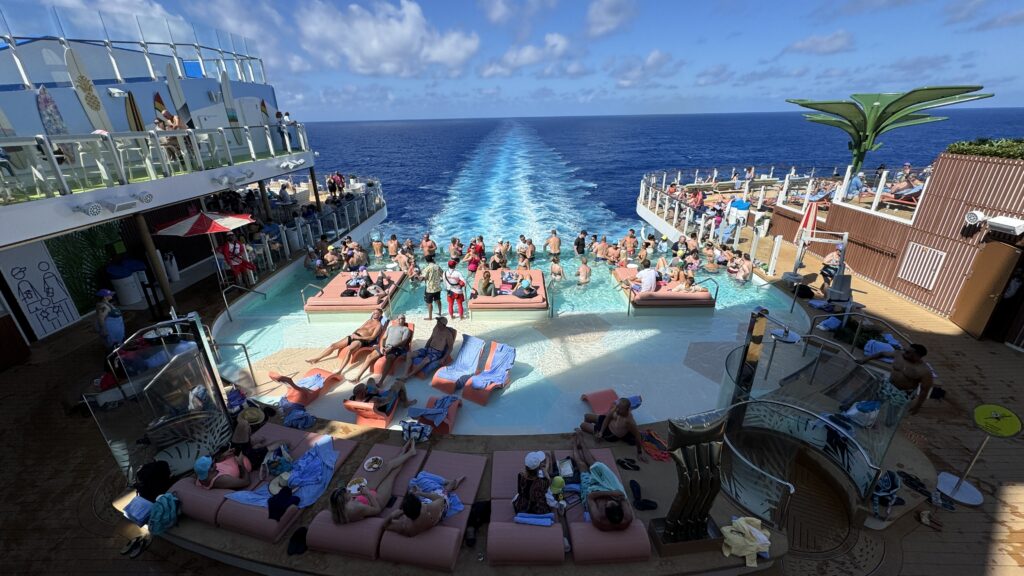Every year, millions of people across the world look for affordable travel options, and millions turn to cruising. But after watching Titanic and hearing about Costa Concordia in the news, many wonder, are cruises safe? The odds of dying on a cruise ship are slim to none — roughly 1 out of 6.25 million. Considering the National Safety Council’s statistic of dying in a car crash is 1 in 101, cruises do seem pretty darn safe. However, there is a lot more to consider when you’re talking about the safety of yourself, your family, and those around you.
Cruises are equipped with staff and safety equipment to keep you safe at sea. But there are some things that cruises just can’t get a handle on — including gastrointestinal diseases, virus outbreaks, and pollution. Let’s take a look at the common cruise fears, dangers, and misconceptions.
Is It Safe To Cruise?
We’ll be honest when we tell you that the ships floating on the seas are designed and built to keep you afloat. The bigger the ship, the more air it contains, and the more it naturally wants to float above the water. Even in the roughest storms with hurricane-force winds, these large ships stay completely upright and some are so stable you can barely feel the waves. Beyond sturdy steel construction, guests can feel comfortable knowing there are always enough functional lifeboats and life jackets for every single passenger. And with today’s sophisticated technology there are ways to now move passengers away from the ship rapidly if needed.
Unfortunately, when it comes to other mishaps, just like being on land, odds could be stacked against you when considering if cruises are safe.
Cruise Line Illness Outbreaks
Similar to flying in an airplane, passengers on cruise ships are packed tightly into these floating cities. Thousands of people on board are all kept in close quarters, all eat at the same restaurants, and attend many of the same on-board entertainment events. Because of this, gastrointestinal illnesses and viruses spread like wildfire. Despite sanitation procedures, there are numerous outbreaks year after year on every cruise line. Unless you’re wearing gloves, a mask, and eye goggles 24/7 and religiously wash your hands before touching any parts of your face, there’s no way to avoid it. Some of the worst cruise illness outbreaks include Norovirus, Flu, and Covid.
COVID-19 still spreads rapidly onboard cruise ships. Initially, it was so bad that the CDC shut the cruise industry down. Passengers on various cruise ships were trapped at sea. Some passengers were forced off the ships into temporary “quarantine hotels”. Thousands of people contracted the virus while on cruise ships, to be honest, still do. Tim and Felicia both caught Covid on Carnival’s Mardi Gras last year after the mask requirements were lifted and were sick for two weeks.
Norovirus is a nasty gastrointestinal bug that causes vomiting and diarrhea. It spreads rapidly through cruises. In January 2019, a cruise with over 7,000 passengers and crew had to return earlier than scheduled because a high number of guests and crew members came down with Norovirus. And that’s not the first time a cruise has been cut short for this gastrointestinal bug. In 2014 almost 700 crew members and passengers became ill and had to return to port. Another cruise that same year sickened 630 passengers.
Other Potential Cruise Dangers
Fires in the engine room or kitchens can cause damage to the ships and put passengers’ health at risk. For example, if a fire starts inside the boiler room, the smoke from it can spread through the ventilation system which increases the risk of smoke inhalation. Just a few years ago the Carnival Triumph ship had an engine fire and left passengers stranded on the ship. Passengers had no access to electricity or cooling, toilets wouldn’t flush, and the smell of the human waste made scores of people nauseaus.
Pools, slides, hot tubs, wave pools, and other water features are commonly found on cruise ships. And many of these areas do not have lifeguards on duty. This puts guests at higher risk of drowning — especially children and those who have consumed excessive alcohol.
The chances of falling overboard are extremely slim, but they are one of the most obvious hazards to cruising. Balconies, ramps, and other design elements increase your chances of falling from great heights. Fortunately, most railings are strong and secure at at least 3 feet high, so you really have to be stupid to fall overboard.
When a boat runs aground, it is stuck on the bottom — not deep enough to steer away from the shore. While this is rare, in 2012 a cruise ship ran aground and 32 people were killed and numerous others were injured. The ship stayed lying on its side for years before it was finally removed.
Another rare but dangerous risk of cruising is cruise ship collisions with other ships or icebergs. Ships can also collide into underwater debris, other ships, barges, and even whales. Depending on the severity of the collision, passengers can be injured.
Environmental Concerns
Port communities and wildlife also are at risk because of the dangers of cruise ships. These floating cities can be a toxic nightmare for everyone and everything in their path. Key West, Amsterdam, and several Italian ports are actively trying to ban cruise ships due to adverse environmental impacts to the local ecosystems.
Is Cruising Safe?
We’ve sailed on over 50 cruises, and we have lived to talk about it. Despite our run-in with Covid caught during our Carnival Mardi Gras cruise, and a separate male-only similar sickness caught on Disney Magic, we still feel cruising is as safe as any other all-inclusive vacation.


